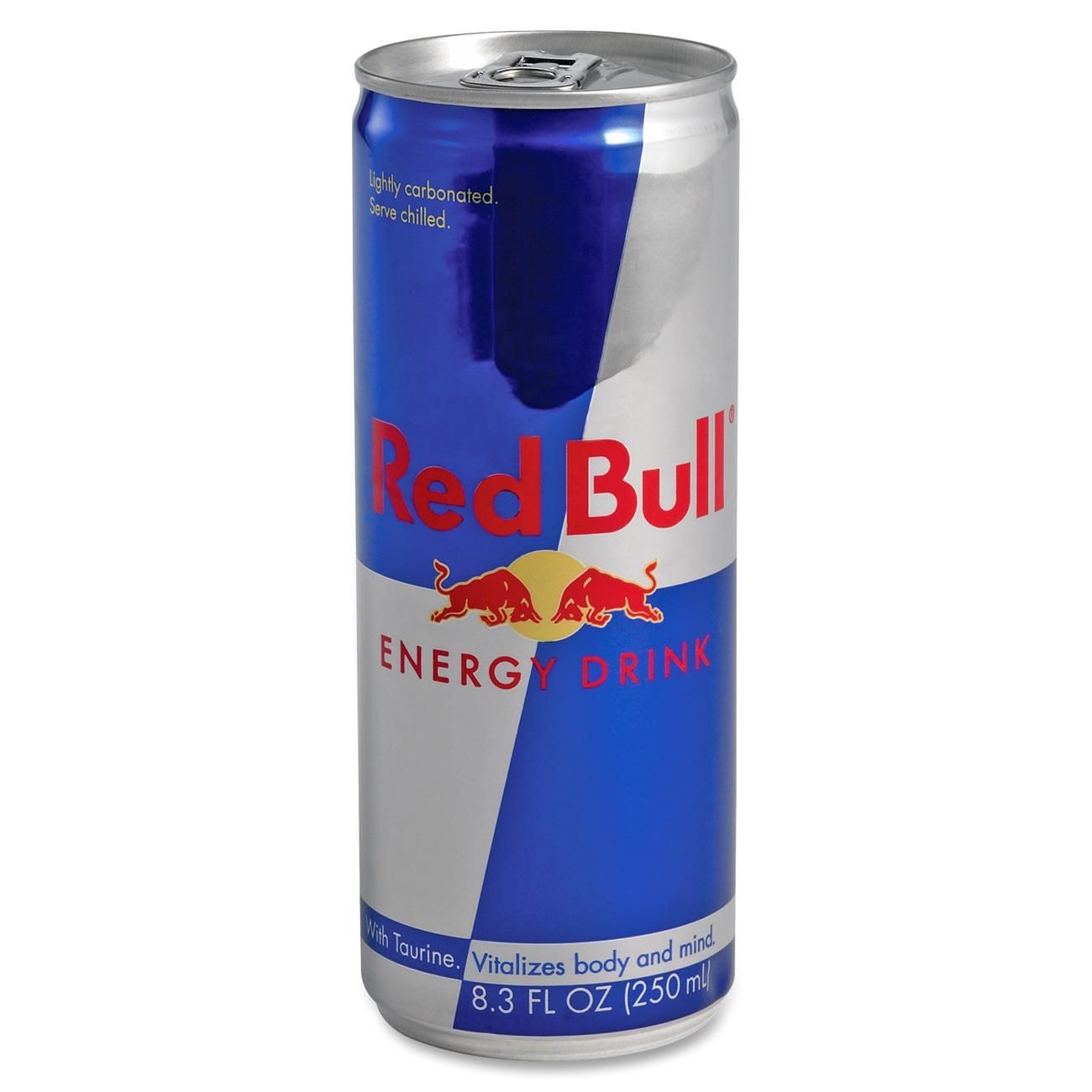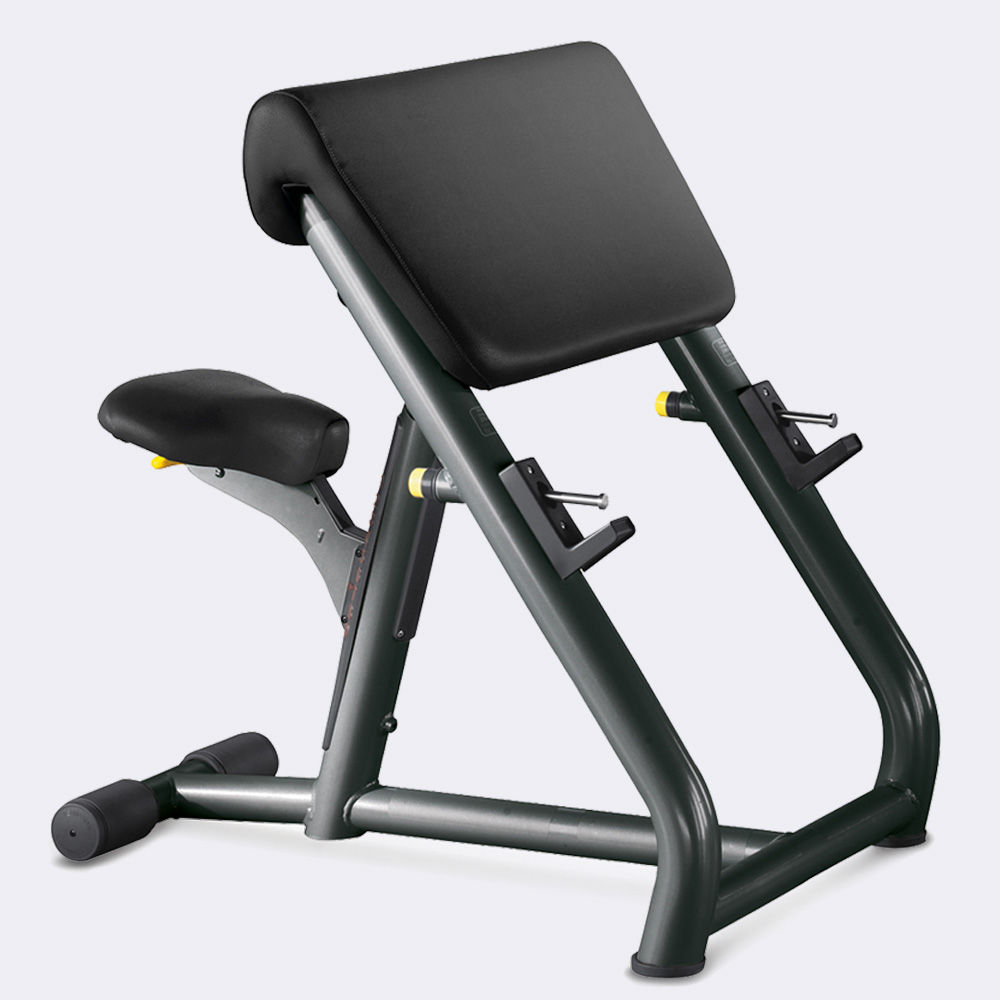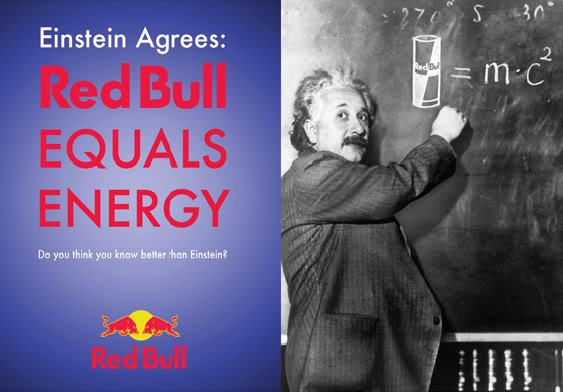Taurine, a sulfur-containing amino acid, is among the most mysterious and abundant compounds in the human body. A nominal 70 kg. (154 lb.) human body contains about 70 gms. (2.5 oz.) of taurine, with most of it in free form. ( i.e., not incorporated into protein like most amino acids.) Taurine is most highly incorporated into so-called “excitable” body tissue which is prone to generate free radicals (Free radicals are highly reactive and potentially harmful molecules). Excitable tissue includes heart, skeletal muscle, brain, retina, white blood cells, and the blood platelets which are vital to blood clotting. Consequently, taurine is conjectured to play an important anti-oxidant role in neutralizing free radicals.
There is also disagreement among physiologists regarding how to classify taurine. Most classify it as a non-essential amino acid (one that is unnecessary to consume in the diet), because the majority of humans can synthesize it from amino acids methionine and cysteine in the presence of vitamin B6; however, there are those who classify it as conditionally non-essential believing that some individuals may have an impaired capability of synthesis.
What makes taurine mysterious is that despite its abundance in the human body, its biological purpose is far from fully understood. In “Physiological actions of taurine” published in Physiological Review, Jan.1992, R.J. Huxtableet al. meticulously outlined all scientifically postulated human biological actions. They included: (1) acting as a neurotransmitter modulator, as well as a modulator of hormonal release. (Neurotransmitters are the body’s chemical messengers, and hormones regulate physiology and certain behavior.) (2) involvement in osmoregulation or maintenance of a constant osmotic pressure in bodily fluids by control of water and sodium concentrations. (3) regulation of oxidative stress, as previously cited. (4) stimulation of glycolysis (the breakdown of glucose by enzymes which releases energy, and glycogenesis (formation of glucose pre-cursor glycogen from sugar). (5) attenuation of hypercholesterolemia (high cholesterol). Furthermore, there are certain important specific roles that taurine is conjectured to play in the cardiovascular system, in the brain, in muscles (e.g., as a muscle membrane “stabilizer”), in the retina, liver, and reproductive system.
Taurine and energy drinks
Taurine (from the Latin taurus meaning bull) is so named because it was originally isolated from ox bile in 1872 by German chemists . Apparently, it initially appeared as an “energy drink” ingredient in Japan in 1962 with the introduction of the product Lipovitan by Taisho Pharmaceutical. The product was originally marketed to “alleviate physical and mental fatigue”. In addition to taurine, Lipovitan also contains B-vitamins and ginseng. While it is not known for certain why taurine was chosen as an ingredient, it is possible that the decision was based on the centuries-old practice of using taurine-rich gall bladder stones of oxen and cattle in traditional Chinese medicine. (Traditional Chinese medicine, you may already know, suffers from over reliance on anecdotal evidence only, rather than hard analysis of experimental data.)
Soon afterwards (1976), the energy drink Krating Daeng (Red Gaur) was released in Thailand. It immediately became popular among truck drivers and day laborers. In addition to taurine, Krating Daeng contains sugar, caffeine, and B vitamins.
Most recently (1987), the taurine-containing energy drink Red Bull was launched in Austria. It is marketed as a sports performance enhancer, in addition to providing energy for “everyday activities”. Using the slogan “Red Bull gives you wings”, it became the most popular sports energy drink in the world, with over 6 billion cans sold according to their website redbull.com. In addition, to containing 1 gram of taurine, Red Bull also includes caffeine, B vitamins, and the sugars glucose and sucrose. There’s even a sugar-free version that uses the infamous sweeteners acesulfame K and asparatame.
There is little doubt that additives such as caffeine and sugars act as stimulants. The question, however, remains: does taurine make any contribution to physical performance? Some scientific researchers say the answer is “none“. See, for example. “Safety issues associated with commercially available energy drinks” by K.A. Clauson et al. and published in Journal of the American Pharmaceutical Association. May-June 2008, 48 (3).
Others vigorously disagree. A number of scientific researchers even maintain that taurine supplementation is beneficial for various cardiovascular problems including congestive heart failure (weakened heart-pumping capacity), hypertension (high blood pressure), and ischemic heart disease (reduced blood flow to the heart due to atherosclerosis). Among them is Y.J. Xu who published “The potential health benefits of taurine in carciovascular disease“in Experimental Clinical Cardiology, 2008. However, Dr. Xu and his colleagues do concede that there are “no convincing clinical trial results to confirm those claims”.
In this current segment, Spanking FIT carefully evaluates all available published experimental work that pertains to the taurine / athletic performance enhancement hypothesis:
Clinical trial evidence that taurine enhances athletic performance
Despite the tremendous sales volume of energy and sports beverages that contain taurine, Spanking FIT was surprised to discover how little actual clinical trial evidence currently exists to support efficacy claims. Among the dozens of research studies that we reviewed involving humans and animals, a mere handful stood out as providing some degree of scientific support. I begin with the human subject experiments:
(1) “Effects of taurine supplementation following eccentric exercise in young adults” by L. da Silva, et al. published in Applied Physiology Nutrition & Metabolism, Jan 2014.
In this detailed randomized clinical trial, 21 male athletes (average age about 21) were randomly assigned to either placebo or a treatment that consisted of 50 mg. per kg. of body weight per day of taurine for 21 days. (Researchers seem to favor the number 21?) Each athlete’s one rep max (1 RM) level was assessed using elbow flexors and extensors at study baseline. Concentric (flexing) strength was then measured 14 days later, both before and after the athletes performed eccentric exercise (E.E.) Concentric strength was quantified as the percentage of subjects who succeeded in executing the 1 RM movement. (100% of subjects could perform 1 RM before E.E.) The isometric strength of each athlete was also measured using a load transducer at an elbow flexion joint of 90 degrees for 4 seconds. The eccentric (extension) exercise (E.E.) protocol was performed with elbow flexion and extension on a Scott Bench (see diagram above )at 80% of 1 RM. It consisted of three sets of bicep curls until exhaustion.
Researchers reported that concentric strength of taurine-treated athletes was statistically significantly higher two and four days after performing E.E., but not immediately following. They also reported this result at a high level of statistical significance. Unfortunately, it appears that the analysts inappropriately used a statistical chi-squared test in analyzing small sample data, when a Fisher-exact test should have been employed. Spanking FIT repeated the calculations using Fisher-exact and uncovered a marginally statistically significant difference in favor of taurine supplementation only after four days of E.E..
Using the method of 2*6 repeated measures ANOVA, researchers also reported a statistically significant increase in the isometric strength of taurine-treated subjects 2 and 4 days after E.E. Creatine kinase (C.K.) activity was also lower in the supplemented group. (C.K. is a commonly used biomarker for muscular damage.) So were levels of xylenol and carbonyl, both biomarkers of oxidative damage. Total thiol (T.T.) was significantly higher in the placebo group 2, 4, and 7 days following E.E. Thiols are organic compounds that constitute a major portion of total body antioxidants, and which play a significant role in the defense against reactive oxygen species (R.O.S.)
(2) “Effect of taurine supplementation on exercise capacity of patients with heart failure” by M.R. Beyranvand and published in Journal of Cardiology, 2011 May, 57 (3), 333-7.
In this experiment, 29 patients who had experienced heart failure (H.F.) were randomly assigned to either a treatment consisting of 0.5 gms. of taurine three times daily for 2 weeks, or placebo. The average age was around 61 years, and 26 out of 29 were males. Patients in both groups were subjected to a Bruce exercise protocol, or a modified version, before and after treatment. The Bruce protocol is a maximal exercise test whereby subjects work to exhaustion on a treadmill, as speed and incline are increased every three minutes. Test score is expressed in terms of “length of time until exhaustion”, and is considered closely related to VO2 max, a common measure of aerobic physical fitness. Using statistical analysis of variance (ANOVA) techniques, researchers reported that: (1) the total distance covered by the taurine-treated patients was 54% greater than for placebo, and (2) exercise time was 46% greater. Also, physical activity as measured by metabolic equivalents (MET) was 33% higher after taurine supplementation compared with placebo. MET is defined to be the ratio of work metabolic rate to resting metabolic rate, where work metabolic rate is computed using measured energy expended by the subject during exercise, as well as her/ his physical weight.
From a statistical perspective, this study contained a common biomedical research flaw: no attempt appears to have been made to use non-parametric tests in performing data analysis. It is always important to do so in the case of sample sizes as small as those collected in this study. In order for the alternative parametric tests used to be valid, a certain assumption needs to be made regarding the shape of the population data curve (density) when it is plotted; i.e. that it is “bell-shaped” or “normal”. In so far as it may be possible to argue that variations in such human physical variables as “exercise time” and “distance” follow the “bell curve”, this study would provide evidence in favor of the taurine efficacy hypothesis.
However, even if taurine supplementation improves exercise performance in heart failure (H.F.) patients, this doesn’t imply that it would do likewise in normal or in healthy subjects. It may be the case, for example, that HF patients are deficient in taurine to begin with. In order to overcome that objection, Spanking FIT compared measured serum taurine levels in this study’s HF subjects with those reported for normal subjects using “Taurine concentrations in plasma and whole blood in humans, etc.” by E.A. Trautwein published in American Journal of Clinical Nutrition, Oct. 1990; 52 (4), 758-64. Our comparisons indicated that overall, the HF patients were not initially below normal with regard to serum taurine levels.
In the category of animal/rodent experimentation with taurine, Spanking FIT was disappointed to uncover that despite the detailed biochemical analyses conducted by many researchers , sample sizes were too small and inappropriate statistical tests were applied making valid inferences regarding taurine efficacy impossible from this work. For example, one frequently referenced study by taurine supplementation advocates is: “Tissue taurine depletion alters metabolic response to exercise and reduces running capacity in mice” by T. Ito and published in Journal of Amino Acids, 2014. Despite their amazing work in generating taurine deficient mice by knocking out the taurine-transporter gene , group sample sizes ranging from between 3-8 mice were way too small to warrant the type of statistical comparisons that the researchers made. Furthermore, there’s an appearance of conflict of interest here because the study was partially funded by Taisho Pharmaceutical which, Spanking FIT confirmed, is still actively manufacturing taurine-containing Lipovitran D. (Taisho Pharmaceutical, according to its website, shipped 20 billion bottles as of 2,004.)
Conclusion
Despite the amazing popularity of taurine-containing energy drinks which are often advertised as also enhancing athletic performance, there is a dearth of solid clinical trial evidence actually supporting efficacy claims. Attempts so far to validate them suffer from flaws common to much biomedical research including inadequate sample sizes and inappropriately applied statistical tests. Reported stimuli from these drinks may be attributable to the alternate ingredients they commonly contain including sugar, caffeine, or ginseng. In other words, despite the Einstein advertising pictured above, implied claims of taurine’s contribution to sports enhancement may simply be “bull”. Nevertheless, given the great abundance of taurine in the human body, and especially in its vital organs, it is reasonable to assume that many of taurine’s postulated physiological actions are legitimate.
In checking clinicaltrials.gov, Spanking FIT was seriously disappointed to learn that there are no ongoing major clinical trials registered with regard to studying taurine specifically. Consequently, we call for large-scale clinical trials to be conducted involving both healthy and less healthy patients such as those who have experienced heart failure (H.F.). Short of clinical trials, the enormous amount of public exposure to taurine might also yield extremely insightful retrospective study results.
As I explained in the Spanking FIT “ABOUT US” section, bio-individuality factors make it difficult to predict the outcome of a specific protocol on any individual. Therefore, if you are interested in further exploring the topic of amino acids and amino acid derivatives for improving athletic performance or health, please read: “Does L-Carnitine Enhance Sexual Performance & more?” Spanking FIT, August, 2016. Thank you, again. As usual, I look forward to your valuable feedback. Doctor Garrett




